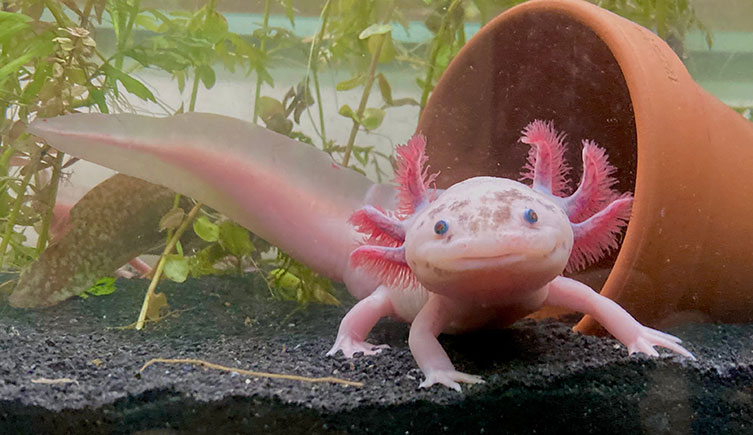The axolotl, a unique amphibian native to Mexico, has long fascinated scientists—not for its smile-like face, but for its extraordinary ability to regenerate. Unlike most animals, axolotls can regrow not only limbs but parts of their spinal cord, eyes, and even portions of their heart. This ability is not magic; it stems from the animal’s retention of juvenile features into adulthood (a trait called neoteny) and a special kind of cell signaling that activates regeneration instead of scarring.
What makes this even more compelling is how their genetic code maps closely to humans in key regenerative pathways. Researchers have isolated proteins and gene switches in axolotls that may one day be used to stimulate similar healing in people. This could revolutionize treatments for heart attacks, spinal injuries, and degenerative diseases. Scientists at institutions like Harvard and the Max Planck Institute are currently testing how axolotl DNA can be translated into human-compatible therapies.
Ethically and scientifically, the axolotl presents a rare opportunity: a species that offers hope not through experimentation but through evolutionary wisdom. With careful, respectful research, this curious amphibian may hold the blueprint for some of medicine’s most sought-after cures—making it not just a marvel of nature but a guide to our future.







